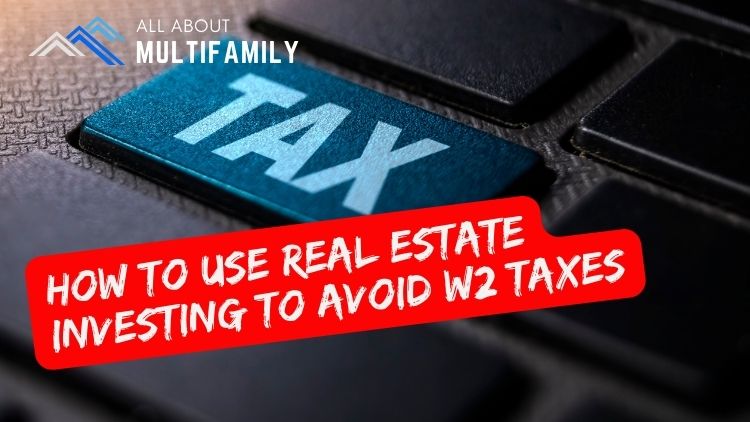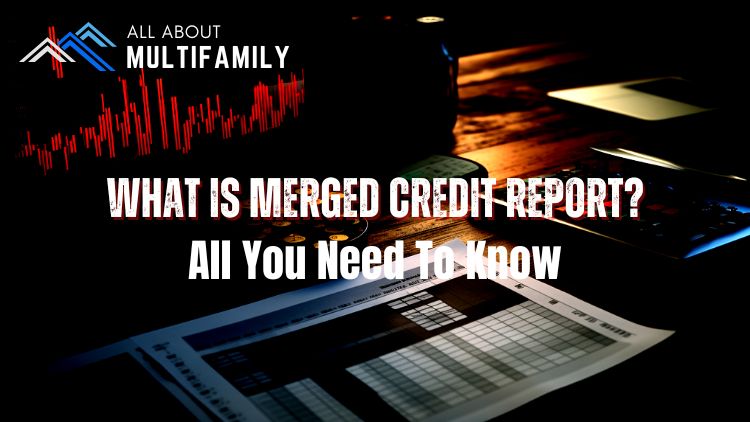The Securities and Exchange Commission (SEC) has just unveiled a report on accredited investors that has sent shockwaves through the investment community. The report reveals that the current accredited investor definition needs a serious overhaul. With 99.7% of all investment deals involving accredited investors, the regulations in place only cater to a tiny fraction of potential investors.
The SEC is faced with the challenge of either expanding the pool of non-accredited investors or shrinking the accredited investor category to make its regulations more inclusive.
As the report unfolds various recommendations and insights, it becomes evident that the SEC is actively exploring options to ensure that its regulations align with the changing financial landscape. From adjusting for inflation to reevaluating the role of IRAs and even considering geographical variations, the SEC is clearly on a mission to modernize the accredited investor definition.
Here are the updates for you.
1. The Impact of Inflation on Accredited Investor Limits
The SEC’s report delves into the historical context of accredited investors, highlighting a significant issue. The report suggests that if the accredited investor net worth limit had been adjusted for inflation, it would be closer to $3 million today, compared to the current $1 million threshold. This revelation underscores the need for an update to the existing definition.
2. The Growing Influence of IRAs
One surprising aspect the report focuses on is the increasing role of Individual Retirement Accounts (IRAs) in determining accredited investor status. Back in 1982, when the current regulations were put in place, IRAs played a minor role. However, today, they account for a significant portion of individuals’ retirement assets. If the SEC were to exclude IRA funds from the calculation, it would substantially reduce the number of accredited investors, potentially impacting investment opportunities.
3. Geographical Variations in Accreditation
The report also brings up an intriguing idea—adjusting accredited investor thresholds based on geographical location. This makes sense considering the vast differences in living costs and income levels across different states in the US. Such a move could result in more equitable access to investment opportunities for individuals residing in high-cost areas.
This development is significant for both seasoned investors and those looking to enter the investment arena. Stay tuned for updates as the SEC continues to navigate this crucial juncture in the world of accredited investors.
To watch the full video and get an in-depth understanding of the SEC’s report, click here.
Disclaimer: The information provided here is based on the content of the YouTube video and the host’s analysis. It is essential to consult official SEC sources for accurate and up-to-date information on accredited investor regulations.













































![An In-Depth Look at Jake and Gino's Coaching Program [A Review]](https://allaboutmultifamilyinvesting.com/wp-content/uploads/2023/10/AAM-BMP-Blog-Covers-750-×-422px-6.jpg)


![Email Marketing Tips for Multifamily Real Estate Syndicators to Raise Capital [Templates included]](https://allaboutmultifamilyinvesting.com/wp-content/uploads/2023/09/AAM-BMP-Blog-Covers-750-×-422px-4.jpg)






![The Richest Kids In America [Book Review]](https://allaboutmultifamilyinvesting.com/wp-content/uploads/2023/09/AAM-BMP-Blog-Covers-750-×-422px-84.jpg)
















